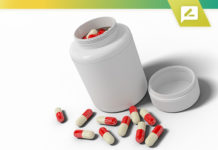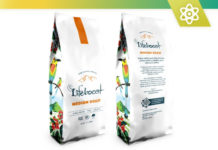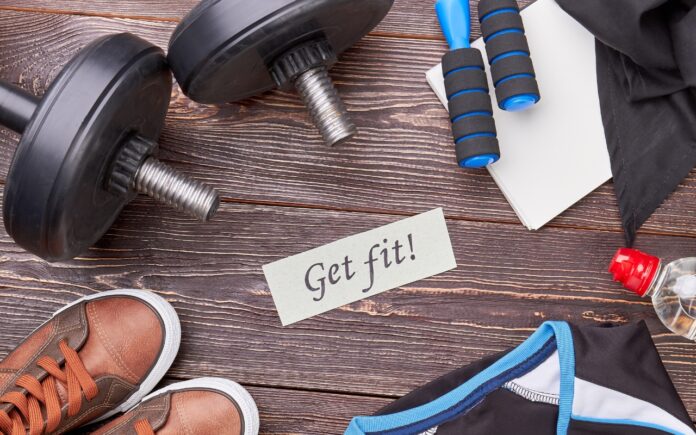Maintaining physical and mental health is paramount to achieving a fulfilling life in our fast-paced modern world. While technological advancements have led to more sedentary lifestyles, the significance of physical activity cannot be overstated. Regular exercise is akin to a miracle cure, providing profound benefits for the body and mind. This comprehensive article delves deeply into how physical activity can change lives, offering insights into practical ways to incorporate it into daily routines and highlighting its multifaceted benefits.
Physical activity is much more than a means to an aesthetically pleasing body or weight management. It is a cornerstone for overall health, enhancing the quality of life and longevity. In the United States, the prevalence of mental health disorders highlights the need for holistic health approaches. Approximately half of the U.S. population will be diagnosed with a mental health disorder in their lifetime, with anxiety and depression being the most common. Physical health problems can further exacerbate mental health issues, making a compelling case for the integration of physical activity into daily life.
Regular exercise has powerful mental health benefits. According to the Office of Disease Prevention and Health Promotion, physical activity improves brain health and cognitive function, reduces the risk of anxiety and depression, and enhances sleep and overall quality of life. These well-documented benefits are part of the Physical Activity Guidelines for Americans, underscoring exercise's essential role in mental well-being.
The Mental Health Connection
The connection between physical activity and mental health is profound. Physical exercise triggers the release of endorphins, chemicals in the brain that act as natural painkillers and mood elevators. Even small amounts of physical activity can immediately reduce symptoms of anxiety in adults and older adults. Research indicates that increased physical activity can improve depression symptoms across the lifespan and reduce the risk of developing depression in children and adults.
Exercise also moderates stress levels. The modern world is rife with stressors, from job pressures to personal responsibilities. Physical activity is a powerful antidote, enabling individuals to manage stress more effectively. Moving, whether through structured exercise or spontaneous activity, allows the body to process and reduce stress, creating a calmer, more resilient mental state.
Physical Health Benefits
The physical health benefits of regular exercise are expansive. According to the National Institute of Diabetes and Digestive and Kidney Diseases, physical activity helps prevent or delay type 2 diabetes, heart disease, high blood pressure, and stroke. It can also reduce the risk of certain cancers, including colon and breast cancer. For those managing chronic conditions, regular physical activity can improve the condition, enhance overall health and reduce the severity of symptoms.
Exercise contributes to weight management by balancing calorie intake with calorie expenditure. This balance is crucial for preventing obesity and its associated health risks. Beyond weight management, physical activity strengthens the cardiovascular and respiratory systems, enhancing endurance and overall physical fitness. It also improves muscle strength, flexibility, and bone density, reducing the risk of osteoporosis and fractures.
Regular physical activity helps reduce the risk of falls for older adults by improving balance and muscle strength. It also enhances mobility and independence, contributing to a higher quality of life. Additionally, physical activity positively impacts sleep patterns, helping individuals fall asleep faster and enjoy more profound, restorative sleep.
Cognitive Benefits
Physical activities like walking, cycling, or dancing can significantly boost cognitive function. These activities increase blood flow to the brain, enhancing its capacity to process information and perform complex tasks. They also stimulate the release of brain-derived neurotrophic factor (BDNF), a protein that supports the growth and survival of neurons, promoting brain health.
Yoga and tai chi, known for their mind-body connection, have been shown to improve cognitive function through controlled movements and deep breathing. These practices enhance concentration, memory, and problem-solving abilities while reducing symptoms of anxiety and depression. The gentle, rhythmic movements of tai chi, often described as “moving meditation,” provide a unique blend of physical and mental benefits, making it an excellent choice for individuals seeking a holistic approach to health.
Practical Ways to Incorporate Physical Activity
Incorporating physical activity into daily life does not require drastic changes. Small, consistent efforts can yield significant health benefits. Here are some practical strategies to make physical activity a regular part of life:
- Make Everyday Activities More Active: Simple changes can add up. Take the stairs instead of the elevator, park further away from your destination, or walk down the hall to speak with a coworker instead of sending an email. Household chores like cleaning or gardening also count as physical activity and can help keep you active.
- Engage in Social Physical Activities: Be active with friends and family. Plan social activities that involve physical movement, such as hiking, biking, or playing sports. Joining a group or class, like a dance class or hiking club, can also provide motivation and make exercise more enjoyable.
- Mix Up Exercise Routines: To prevent boredom, vary your exercises. Combine different activities, such as swimming, cycling, and strength training, to keep things exciting and challenge different muscle groups. This approach keeps you engaged and ensures a more balanced workout.
- Use Technology: Fitness trackers and apps can help you monitor your progress and stay motivated. Set goals and track your activities to see how far you’ve come, which can be incredibly rewarding and encouraging.
- Adapt to Seasons and Weather: Weather and seasonal changes can disrupt routines. Be flexible and creative in finding ways to stay active. Bundle up for outdoor activities in colder months or find indoor alternatives like gym workouts or online fitness classes. Sh shoveling snow or playing indoor sports count towards your physical activity goals.
- Choose Activities You Enjoy: You look forward to the best exercise. Whether it’s walking, dancing, swimming, or yoga, choose activities that make you happy. This increases the likelihood of sticking with them long-term, making physical activity a sustainable part of your lifestyle.
Overcoming Barriers to Physical Activity
Despite knowing the benefits, many people find it challenging to incorporate regular exercise. Common barriers include lack of time, the perception that exercise is boring or expensive, and physical limitations.
Time Constraints
One of the most cited reasons for not exercising is a busy schedule. However, physical activity can be broken into smaller, manageable chunks. Even ten minutes of exercise here and there can add up. Prioritize physical activity by scheduling it into your day, just like any other important appointment.
Boredom
Exercise does not have to be monotonous. Finding activities you enjoy and mixing up your routine can keep things interesting. Listening to music or podcasts while exercising can also make the time more enjoyable. Additionally, participating in group activities can add a social element, making exercise more fun.
Cost
While joining a gym can be expensive, many forms of physical activity are free or low-cost. Walking, running, and body-weight exercises like push-ups and squats require no equipment and can be done anywhere. Numerous free online resources and apps offer guided workouts and fitness challenges.
Physical Limitations
Finding safe and appropriate activities is essential for those with physical limitations. Consulting with a healthcare provider can help identify suitable exercises. Many activities, such as swimming or chair exercises, are low-impact and can be adapted to individual needs.
The Broader Impact on Society
The benefits of physical activity extend beyond individual health, positively impacting society. Regular exercise reduces healthcare costs by preventing and managing chronic diseases. It also enhances productivity at work and school by improving concentration, energy levels, and overall well-being. Communities that promote physical activity tend to have lower rates of obesity and related health issues, fostering a healthier environment for all.
Promoting physical activity from a young age sets the foundation for lifelong health. Schools and communities that provide opportunities for children to be active contribute to their physical, mental, and emotional development. Encouraging outdoor play, sports, and active transportation like walking or biking to school can instill healthy habits that last a lifetime.
Conclusion
Physical activity is a powerful tool for enhancing both physical and mental health. Its benefits are far-reaching, improving everything from cardiovascular health and weight management to mood and cognitive function. By incorporating regular physical activity into our lives, we can significantly improve our quality of life and longevity.
In a world where sedentary lifestyles are increasingly common, staying active cannot be overstated. Whether through structured exercise, spontaneous activities, or a combination of both, prioritizing physical activity can lead to profound improvements in health and well-being. For more information and resources on how to get started, visit the National Institutes of Health and the Centers for Disease Control and Prevention.
Embrace the transformative power of physical activity and embark on a journey toward a healthier, happier life.













![Bowflex Max Total: 2024 Fitness Workout Exercise Machine [Review] Bowflex Max Total: 2020 Equipment Review For Complete Upper and Lower Body Workout](https://www.advancedliving.com/wp-content/uploads/2019/12/Bowflex-Max-Total-218x150.jpg)


